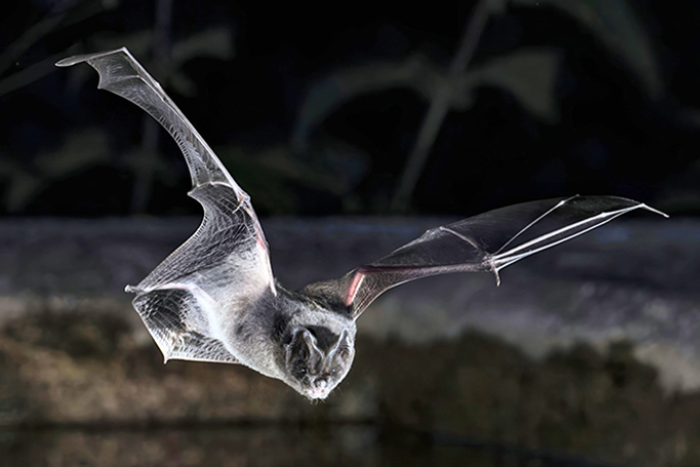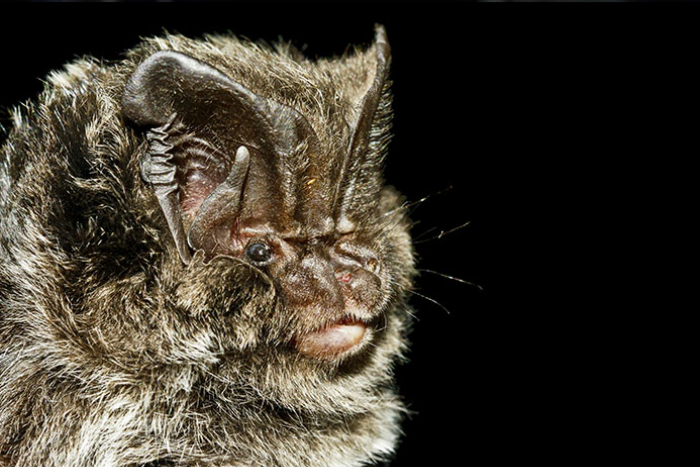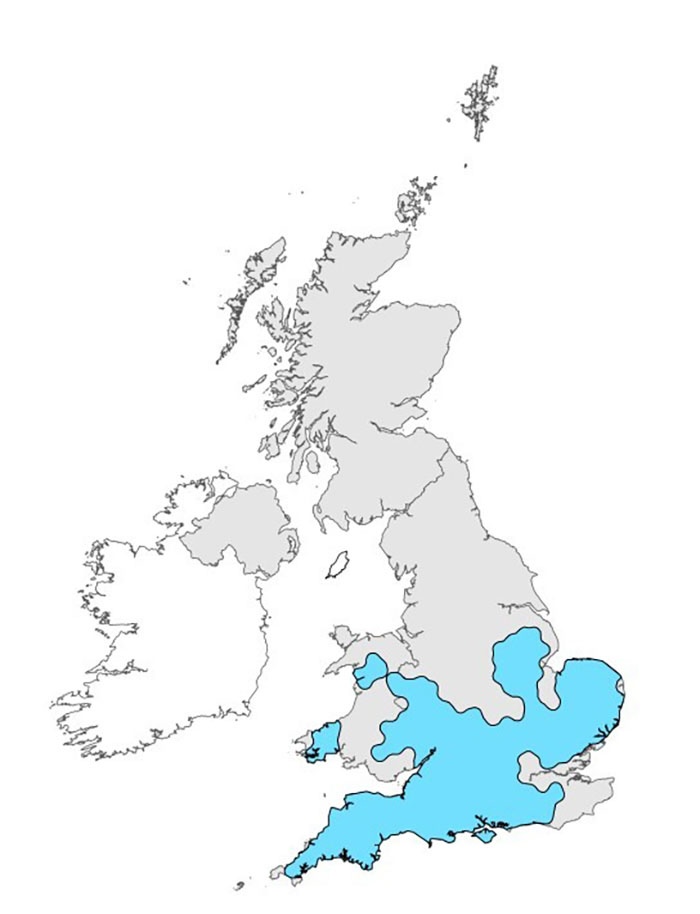
Bat Facts – all about rare barbastelle bats
News that rare barbastelle bats have been discovered around the route of the proposed North Hykeham Relief Road captured our imagination, so we thought we would investigate this endangered species.
Where else would we turn except the Bat Conservation Trust? Here’s what we learned.
Barbastelles are rare and distinctive species, with a pug-like face and large, wide ears and gingery brown fur.
Their scientific name is Barbastella barbastellus, which comes 'star beard' and is a reference to the white tips on the bat’s fur.
Classified as vulnerable by International Union for Conservation of Nature the bats’ bodies measure up to 55mm in length with a wing span of between 260-290mm and they weigh up to 13g.
Their tragus – the flap of skin in front of the ear that directs sound and us crucial for echolocation – is triangular and a distinct identifying feature.
Being one of our rarest mammals, much remains to be learned about barbastelles but we do they tend to forage over a wide area. They are fast, agile flyers and specialist foragers in a range of habitats, swooping to drink from ponds or lakes. Their main diet is small moths, some flies and beetles.
In England, roosts have been located in cracks in trees in areas of high humidity. In summer they often emerge early from their daytime roosts to forage in the dark zone among the trees. When light levels have fallen then they may forage in quite open areas.
Barbastelles give birth in early summer, with mothers usually raising a single pup each year, but very little known about their mating habits. They can live into their twenties, but most lifespans are much shorter than that.
Very few breeding sites are currently known in the UK and it is important that surrounding environments of these and winter hibernation sites are maintained. It is thought that they prefer pastoral landscapes with deciduous woodland, wet meadows and water bodies, such as woodland streams and rivers.
The extensive loss of deciduous woodland in the UK may be a significant factor in the rarity of the barbastelle.
Use of artificial fertilisers and pesticides reduces insect diversity and may lead to indirect poisoning of bats, and pesticide run-off in water can severely disrupt aquatic insect abundance.
The barbastelle is is protected by the Wildlife and Countryside Act 1981 so it is illegal to injure or kill a bat or disturb it in its roost, whether in trees or other structures. It is illegal to damage or destroy a roost even if the bats are not occupying the roost at the time.
It is also a UK Biodiversity Action Plan species, which means that it is a conservation priority on both a local and national scale. The Bat Conservation Trust is the lead partner for the barbastelle bat Biodiversity Action Plan.
Above – the Barbastelle is quieter than other bats so it can hunt in the air. Picture courtesy earth.com
Below - Barbastelle bats have pug-like faces. Picture: Simon Ghanem, Max Planck Institute for Ornithology.

The Bat Conservation Trust map shows the Barbastelles’ UK habitat.

